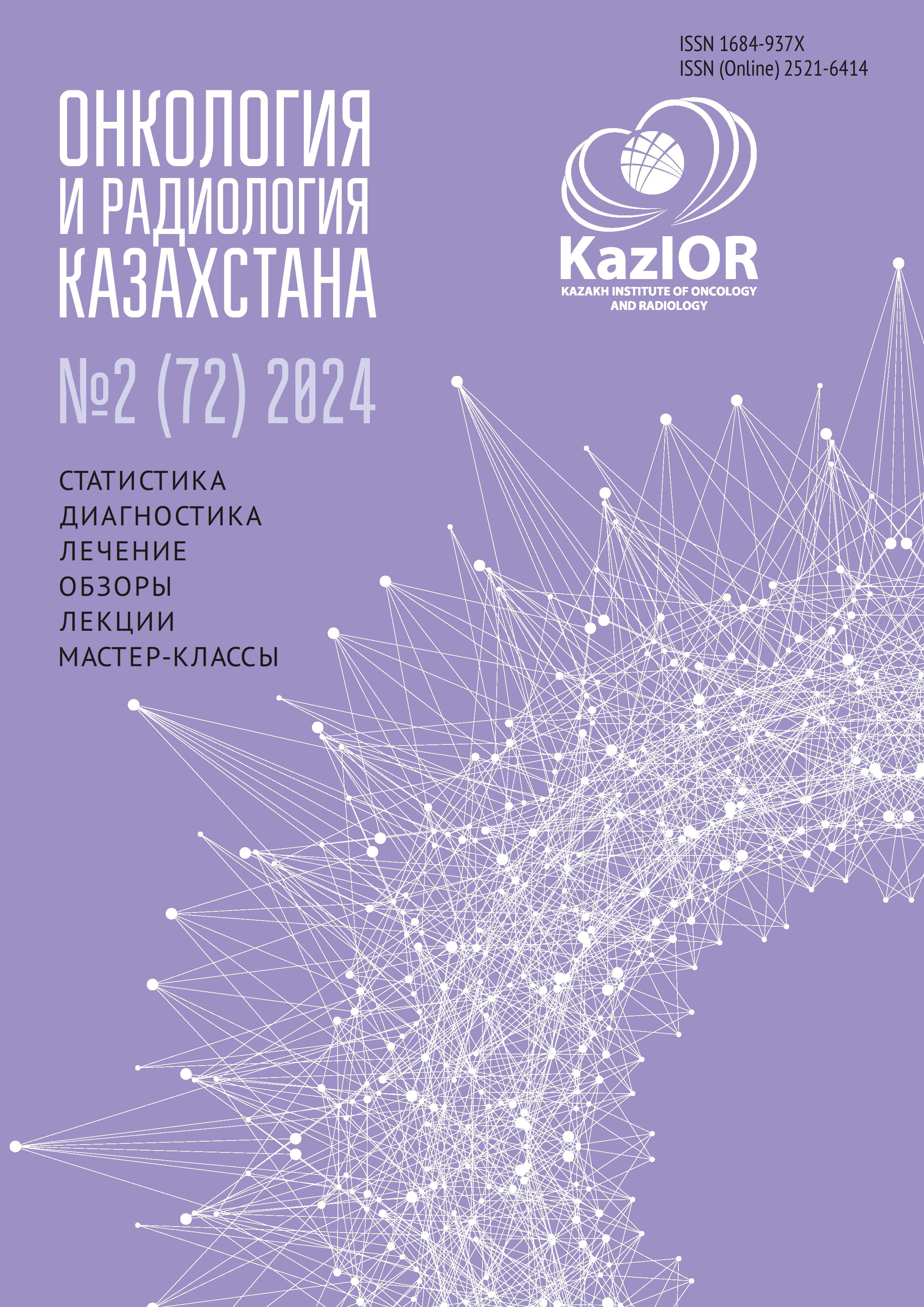Practical recommendation for calibration of radiation sources used for contact radiotherapy
Keywords:
phantom, Quality control, radiation source, radiochromic film, well chamberAbstract
Relevance: This paper presents two methods for calibrating ionizing radiation sources in brachytherapy. The first method involves measuring the radiation activity using a well chamber, while the second method involves measuring the air kerma using an ionization chamber. Additionally, the application and measurement method of radiochromic film is demonstrated. The relevance of the above calibration methods of the ionizing radiation source in brachytherapy is explained by the need to ensure high accuracy and reliability of treatment. All calibration methods provide a multilevel approach to quality control and safety of brachytherapy. Combining an ionization chamber, air kerma power measurement, and radiochromic film allows for high dosimetry accuracy, which is critical for successfully treating patients and minimizing side effects.
The study aimed to analyze primary calibration methods and their applicability in medical institutions.
Methods: The data from the radiation source provided by the manufacturer is compared with the measurements obtained using the method proposed in the article. Radiochromic film was exposed to radiation to assess the initial dose distribution in the phantom. This scientific research was carried out within the framework of the PCF scientific program “Metrological support of dosimetric measurements in contact radiation therapy,” IRN BR12967832.
Results: It has been established that the measurement accuracy is approximately 1.2% at a 95% confidence interval. The activity of the radiation source and the field distribution around it were measured using methods recommended by the IAEA.
Conclusion: In our case, the difference between the data measured by these two methods is 1.2%. Using the third method, which involves radiochromic film, it has been established that the radiation source distribution matches the treatment plan. The user has the right to choose any of the calibration methods mentioned above for the eye, taking into account the technical capabilities of their medical facility.

